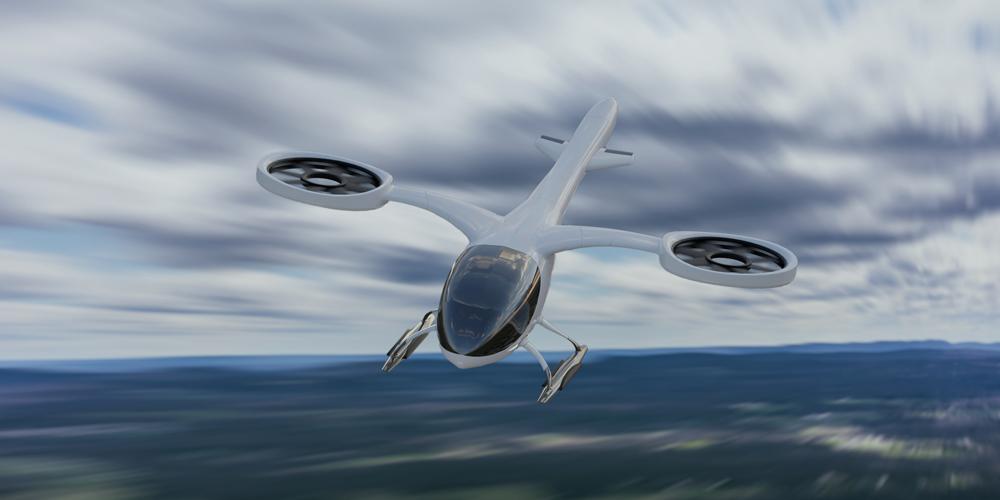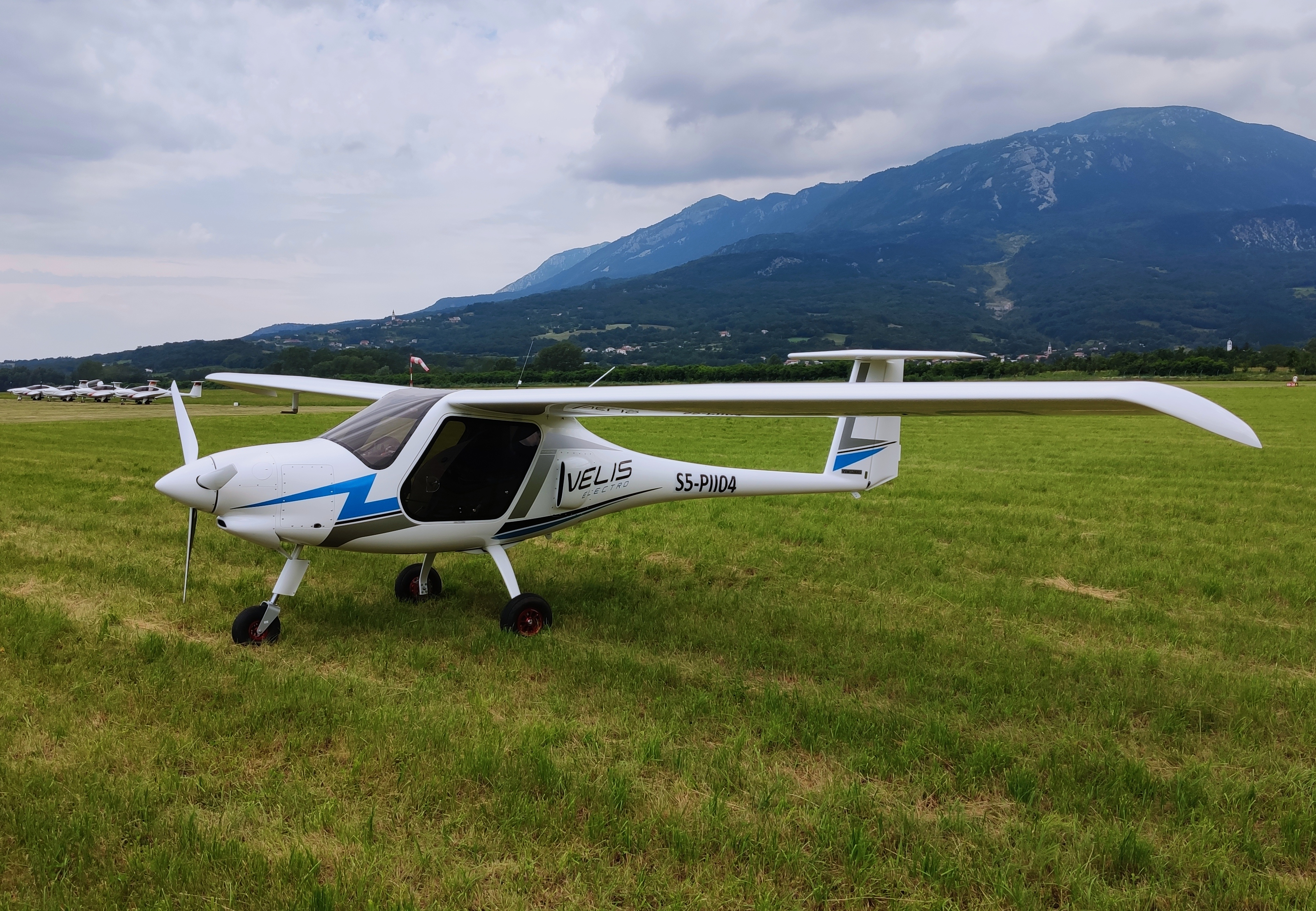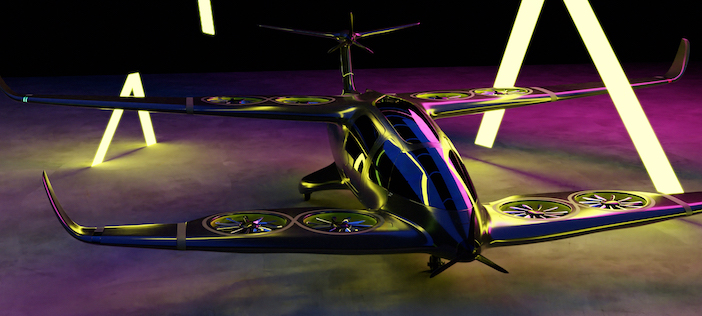Imagine cruising through the azure skies, the hum of engines replaced by an almost celestial silence. Welcome to the era of electric aviation! Flight, once the realm of roaring, fuel-guzzling beasts, is undergoing a silent revolution. We’re on the cusp of a future where planes powered by electricity steer us towards a cleaner, quieter world. In this article, we break down this electrifying evolution, highlighting technological triumphs and challenges ahead. Buckle up, sit back, and enjoy the birds-eye view of how electric planes are breaking barriers and taking off into uncharted territories of possibilities.
Emergence of Electric Planes

Electric planes are not exactly a new invention lighting up the horizon of aviation out of nowhere. In a sense, they’ve been waiting in the wings, gaining momentum, till the spotlight turned to renewable energy, sustainability, and green technology.
The true inception of electric planes took flight back in the 1970s amidst the fuel crisis. Immediately, it became evident to all that air travel was, in no subtle terms, an oil glutton. Ever since, the quest for alternative energy sources for aviation began.
But while electric cars surged ahead, like racehorses dashing past the inspection paddocks, electric planes were seemingly left on the tarmac of progress. And it wasn’t for the lack of initiative or enthusiasm. The problem? Planes, by their very nature, are high energy consumers needing an unreal amount of power to take to the skies, and the batteries till recently couldn’t hack it out.
In essence, the ratio of battery-energy-to-weight was not on the advantageous side. The dawning of the electric plane era was considerably burdened by the inability of available battery technology to store enough energy, without inexplicably increasing the weight.
But fast forward to now, and the story has taken an exciting turn. With the advent of new solid-state and lithium-ion batteries, we’re seeing a shift. These batteries provide more energy per pound than ever before, making electric flight possible.
In the past decade, multiple prototypes have taken to the sky. NASA’s X-57 Maxwell has even successfully flown multiple times, thanks to its 14 electric motors. Similarly, companies like Pipistrel, MagniX, and Eviation started testing electrically powered aircraft, making serious headway in creating viable electric aircraft prototypes.
With substantial advances widening the gap between reality and science fiction, the possibility of electric planes is no longer hovering on the edge of imagination. Instead, it’s turning into an exciting narrative in the story of aviation. While the timeline to commercial electric air travel might still be a bit fuzzy, it’s clear the race is well and truly on.
How Do Electric Planes Work?

These modern marvels of technology operate on fundamentally different principles compared to their gas-guzzling counterparts. Electric aircraft utilize electric motors to derive power, as opposed to internal combustion engines. These motors are powered by a combination of batteries, solar panels, fuel cells, or even ultracapacitors.
The battery is undisputedly the MVP in this equation. Its function begins when it stores energy produced from the aforementioned sources, channeling it into the electric motors as and when required. However, this isn’t some run-of-the-mill Dura cell from your local convenience store — these are high-rated energy density batteries designed to manage the sheer power demand for flight.
But how does an electric motor compare to a traditional internal combustion engine? Well, your conventional engine involves an intricately messy process of sucking fuel and air into a cylinder, compressing it, igniting it, and finally ejecting the resultant exhaust gases to create thrust. By contrast, an electric motor is a model of simplicity. Electricity from the battery enters the motor, generates a magnetic field which interacts with the permanent magnets inside the motor, and voilà — the result is a smooth, quiet, and extraordinarily efficient rotation.
Flight control systems in electric planes also show a marked departure from their conventional analogs. Fitted with digital controls, these systems efficiently manage the distribution of electric power between the various motors, ensuring optimal cruising speeds, longer flight durations, and greater stability.
On the outside, solar-powered planes showcase an expansive spread of solar panels, carpeting the wings, and fuselage. These photovoltaic cells, upon exposure to sunlight, create electric charge, which is either directly fed to the electric motors for propulsion, or stored in batteries for later use. Some aircraft are also designed to be powered by hydrogen fuel cells, which function by combining hydrogen and oxygen in a chemical reaction to produce electricity, with water vapor being the only by-product.
However, innovative and cutting-edge as they may be, electric planes are not without their foibles. The most pronounced of these concerns the current battery technology. It’s a tad ironic that the lynchpin of an electric plane — the battery — is also its Achilles heel. But that’s another segment, for another time.
In essence, electric planes perform their flight of fancy through the harness of electricity instead of combusting fuel. This fundamental shift paves the way for a totally unique flight experience, characterized by silent operational levels, zero CO2 emissions, lower maintenance expenses, and potentially cheaper air travel.
Benefits and Challenges of Electric Planes

Undoubtedly, the prospect of electric planes is altogether exhilarating, promising greener opportunities for the sky above. It’s the proverbial light aircraft at the end of a jet-fueled tunnel, boasting a significantly reduced carbon emission footprint and championing the environment in ways traditional airplanes can hardly match. Lower operational costs are another feather in the cap of electric aviation. Not having to fuel up with pricey jet fuel means less expenditure, creating potential for more affordable air travel.
However, it’s not quite “clear skies” for electric flight just yet. There’s a crucial challenge to electric planes that tends to set off storm warnings for this soaring innovation: battery technology. Current batteries’ energy density, which is the amount of stored energy per unit weight, remains a roadblock. At present, batteries store far less energy than jet fuel for the same weight, which is a significant problem for a medium where weight is literally a matter of flying or not.
And then there’s the issue of charging time. If waiting for your phone to charge sometimes feels like an eternity, imagine dealing with recharge times in an industry where turnaround time can be paramount. Charging infrastructure is an added quandary. Want to juice up your aircraft in some remote airstrip? A quick refuel with jet fuel is one thing; comparatively, taxing the local power grid with a high-speed charge can be an entirely different matter.
Additionally, changes in airplane design may be necessary to accommodate the specific needs of electric flight. Electric motors can be much smaller than their gas-guzzling counterparts, offering intriguing possibilities for distributing multiple motors around the aircraft. However, this may mean we need to rethink the traditional form of aircraft which, in turn, means time and money invested in design and safety testing.
In essence, electric planes hold enormous promise, an almost poetic vision of hawks transformed into doves, trading power for peace with the environment. But like any radical paradigm shift, the migration from gas to electric comes with sizable hurdles to overcome. Sometimes, taking to the skies means spending some time on the runway, figuring out how to get there. For now, that seems to be exactly where we are with electric planes – taxiing towards takeoff.
Impact on the Aviation Industry

Without a doubt, the shift in gears towards electric planes is revolutionizing narratives in the aviation industry on a grand scale. Currently, the industry is still at infancy stages, but the snowballing interest in green technologies and sustainable alternatives has already begun to imprint significant ripples.
Transitioning from conventional planes to electric ones could usher in a new era of energy efficiency and lower operating costs. Traditionally, fuel contributes to a significant fraction of a flight’s total costs – as much as 25% or more. The introduction of electric aircraft, albeit smaller ones to begin with, could help operators save substantially on fuel expenses, thus driving down costs and potentially facilitating lower ticket prices. Add to that equation the reduced maintenance intensity of electric motors, and the commercial implications become even more promising.
However, it’s not all dollar signs and emission reductions. The embrace of electric planes sends shockwaves as far as job opportunities and skill sets within the industry. A transition from fuel-based engines to electric motors could necessitate a shift in current maintenance, operations, and safety training programs. The tide might demand a different breed of aircraft engineers and mechanics, ones adept in managing electrical systems, battery technologies, and related aspects rather than conventional combustion engines.
Speaking of markets, the industry could witness a seismic shift in who plays the lead roles. Today’s dominant manufacturers might not necessarily continue to shelter under the same canopy. New entrants that understand electric propulsion, energy storage, and vehicle electrification could find it easier to break into this fortified sector.
As we move forward, it could be possible to see regional and short-haul flights being the first sectors to fully embrace this technology before it’s implemented in long-haul commercial flights. Such a shift would not only revolutionize the existing airline business models but also potentially reorder the patterns of human and cargo mobility at large.
In terms of environmental impact, the shift can really move the needle for our planet’s health. Even as it stands today, with only a small fraction of flights being powered by electricity, the reduction in CO2 emissions is palpable. If pushed to its full potential, the technology stands a chance to drastically cut carbon emissions within the aviation industry.
As such, the perception of planes as fuel-guzzling giants could be overwritten with a cleaner, greener, and more affordable image. It’s a vision that redefines how we perceive aviation, and while it is not without its turbulence, it is undoubtedly a flight in the right direction.
Current and Future Models of Electric Planes

The aviation industry is beckoning a new era with an increasing focus on electric planes. Among the current electric aircraft models taking flight, several stand out. Most notably, the Pipistrel Alpha Electro, a two-seater aircraft from Slovenia. This aircraft is specifically designed for flight schools, offering low operating costs and noise-free operation. MagniX from Australia has retrofitted a decades-old Cessna Grand Caravan with an electric propulsion system, creating the Magni500 — a model that could potentially revolutionize the regional airline industry.
Another game-changer is Eviation’s Alice. Powered by three rear-facing pusher-propellers, two on the wingtips and one at the tail, this nine-seater plane ostensibly looks like something out of a futuristic movie. Alice is not just about stylish design but promises a range of up to 650 miles at a cruising speed of around 260 knots, making it a great contender for regional air travel.
Looking to the future, there are several promising prototypes and ambitious concepts on the horizon. Undoubtedly, the most attention-grabbing is the Vision Jet from Cirrus Aircraft. While the current version is not electric, the company has been very vocal about adding an electric version to their fleet.
Rolls-Royce’s Accel project also offers a tantalizing glimpse into the future. The Accel, short for “Accelerating the Electrification of Flight”, aims to develop the fastest all-electric aircraft, targeting a top speed of over 300 mph. The project has a great emphasis on developing advanced battery technology, which could have significant implications for the entire electric plane industry.
Meanwhile, Airbus, in collaboration with Rolls-Royce and Siemens, is working on the E-Fan X, a hybrid-electric airliner prototype. Though the E-Fan X project was officially canceled in 2020 owing to the pandemic, Airbus has confirmed that they are incorporating the lessons learned into future zero-emission aircraft designs.
Even more audacious is the electric vertical takeoff and landing (eVTOL) aircraft segment. Air taxi prototypes like the cityAirbus, Joby Aviation’s air taxi, Lilium Jet, and Uber’s Elevate concept are pioneering this space. The promise is for electric air taxis to shuttle passengers across congested cities, providing an efficient and emission-free way of urban transportation.
In a nutshell, the current and future models of electric planes hold immense promise. As technology continues to evolve, these models could very well rewrite the rules of aviation, making air travel more eco-friendly and potentially more accessible.
FAQs
What is the driving factor behind the rise of electric planes?
How do electric planes compare to traditional ones when it comes to performance?
What are the limitations of electric planes?
Conclusion
As we’re exploring the skies, the buzz of electric planes is becoming louder, heralding an exciting era of aviation. While incorporating battery power into aircraft design poses significant challenges, notable progress is being made. The innovations in this field offer great promise for more environmentally friendly skies with considerable cost efficiencies. As technology continues to evolve, the sky’s the limit for how electric planes will reshape our world. Buckle up, the future of flying is getting a jolt of electricity and it’s sure to be an exhilarating ride.
